Talent is something that many companies want, but few succeed to get.
In a fast-paced world full of competition, companies are constantly fighting for talent. There’s no denying that attracting and hiring top talent gives organizations a remarkable advantage. Research shows that superior talent is up to 8 times more productive [1]. However, great talent is scarce.
Did you know that almost one third of senior leaders cite finding talent as their most significant managerial challenge [2]? It is no wonder, then, that the ‘war for talent’, a term coined by McKinsey’s Steven Hankin in 1997, still rages on today.
While the hunger for corporations to attract talent may seem justified, directing the same amount of energy toward developing their existing workforce would yield far greater returns. Let’s look at some reasons why.
Training and Retaining Current Employees is Cheaper Than Hiring New Ones
Think it’s easier to just replace existing employees with new hires? Think again.
Studies show that individuals who feel that they cannot develop in the company and fulfill their career goals are 12 times more likely to leave the company [3]. And if they don’t leave, chances are they are disengaged. There are 22 million actively disengaged employees costing the American economy as much as $350 billion dollars per year in lost productivity, including absenteeism, illness, and other problems that result when employees are unhappy at work. That’s an astounding loss.
However, while replacing one employee with another may seem logical, the total replacement cost can reach 200% of an employee’s salary [4]. Therefore, developing and engaging current talent usually makes much more sense than fighting for new talent.
Developing Your Workforce Increases Revenue
Companies that prioritize meaningfully developing their employees make an average of $169,100 per employee, while companies that don’t only make $82,800, which is less than half [5].
There’s Plenty of Unlocked Potential in Your Workforce
While many companies look outside to find new talent, there is plenty of talent within — it just has to be unlocked. For every 10 employees, only 4 strongly agree that when they are at work, they have the opportunity to do what they do best [6]. That’s less than half of an organization that can say they are operating at their true unlocked human potential.
Yet, with ample research showing the benefits of retaining and investing in their people, why do corporations still get stuck in the war for talent? With vast amounts of untapped potential ripe for development, why not avoid entering the battlefield in the first place?
The reality is, although corporations recognize the value of up-skilling their employees, most of them still struggle to meaningfully develop their workforce beyond training 101s.
Unlock Your Potential Talent Through Group Coaching
That’s where we come in. HumanQ is the global leader in developing executive-level skills at every level of the organization through intimate group coaching designed for transformation.
Group coaching is a uniquely powerful model that is unlike any form of check-the-box training program. Or even one-to-one Coaching. We use tools and techniques used with CEOs and C-suite executives to shift the mind and create self-awareness in a way that ultimately shapes new behaviors and drives shared accountability.
And the results? Increased productivity and self-awareness. Greater bottom-line impact. Engaged employees doing the best work of their lives and adding value where it’s most needed.
If you’re ready to step away from the war for talent and unlock the potential of your existing workforce, let’s start talking.
Nishika de Rosairo | CEO and Founder | HumanQ
Contact Nishika: nishika@humanq.com
Contact HumanQ: info@humanq.com
Website: humanq.com
[1] McKinsey, https://www.mckinsey.com/business-functions/organization/our-insights/attracting-and-retaining-the-right-talent
[2] McKinsey, https://www.mckinsey.com/business-functions/organization/our-insights/attracting-and-retaining-the-right-talent
[3] IBM, https://www.ibm.com/services/learning/pdfs/IBMTraining-TheValueofTraining.pdf
[4] IBM, https://www.ibm.com/services/learning/pdfs/IBMTraining-TheValueofTraining.pdf
[5] Cornerstone Study, https://www.cornerstoneondemand.com/sites/default/files/whitepaper/smb-wp-nonexistent-tm-strategy-costing-money.pdf
[6] Gallup, https://news.gallup.com/businessjournal/186506/german-managers-not-strengths-focused.aspx












